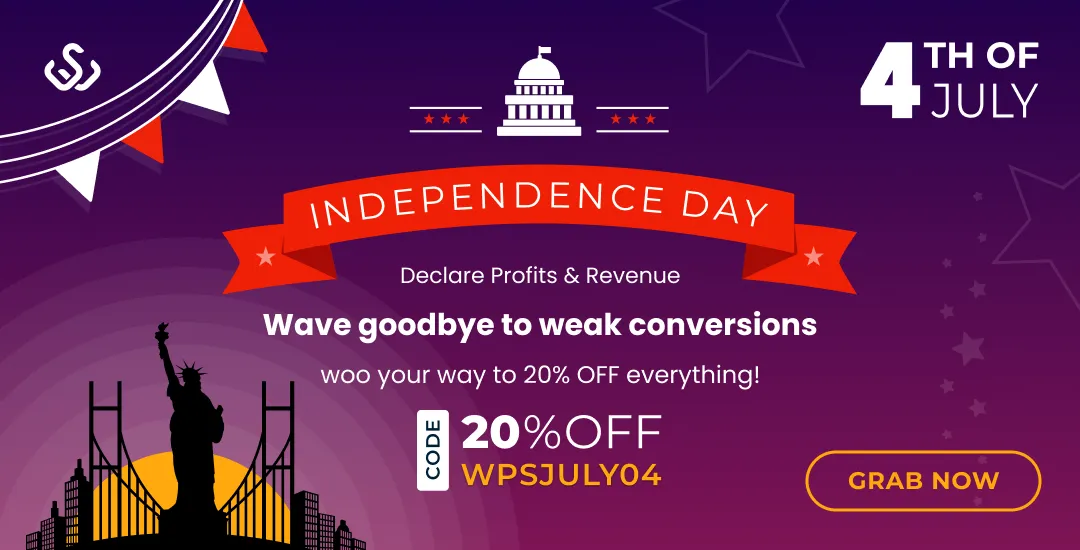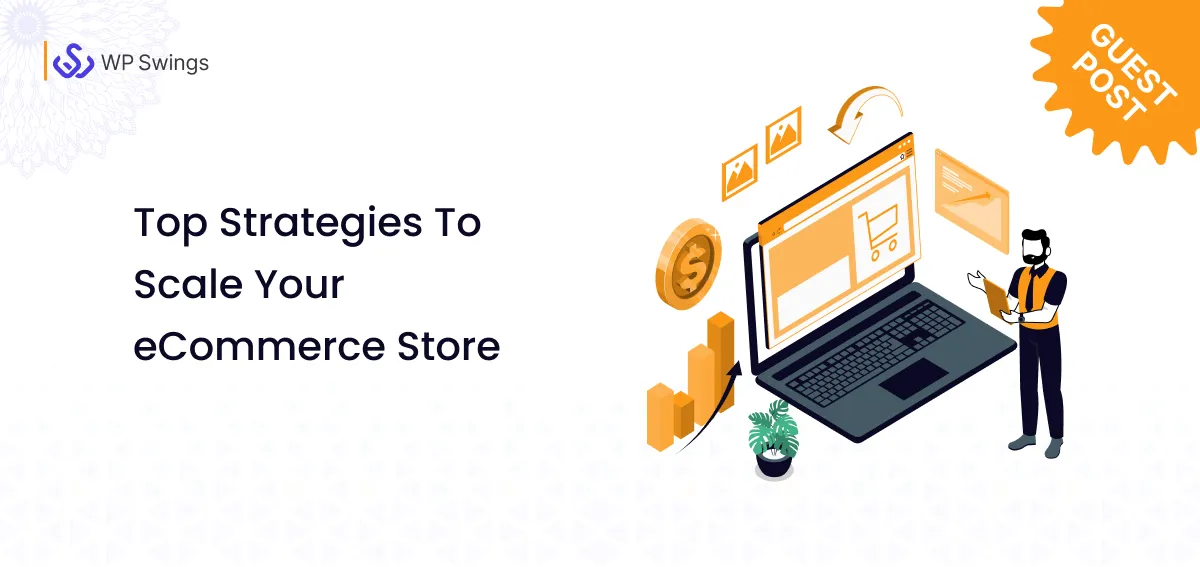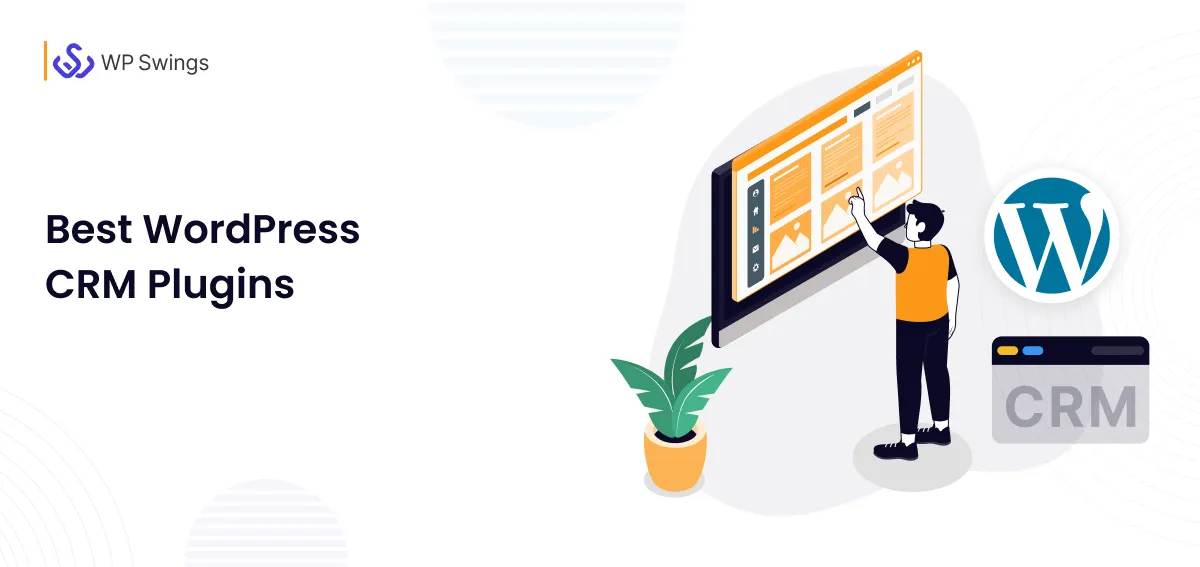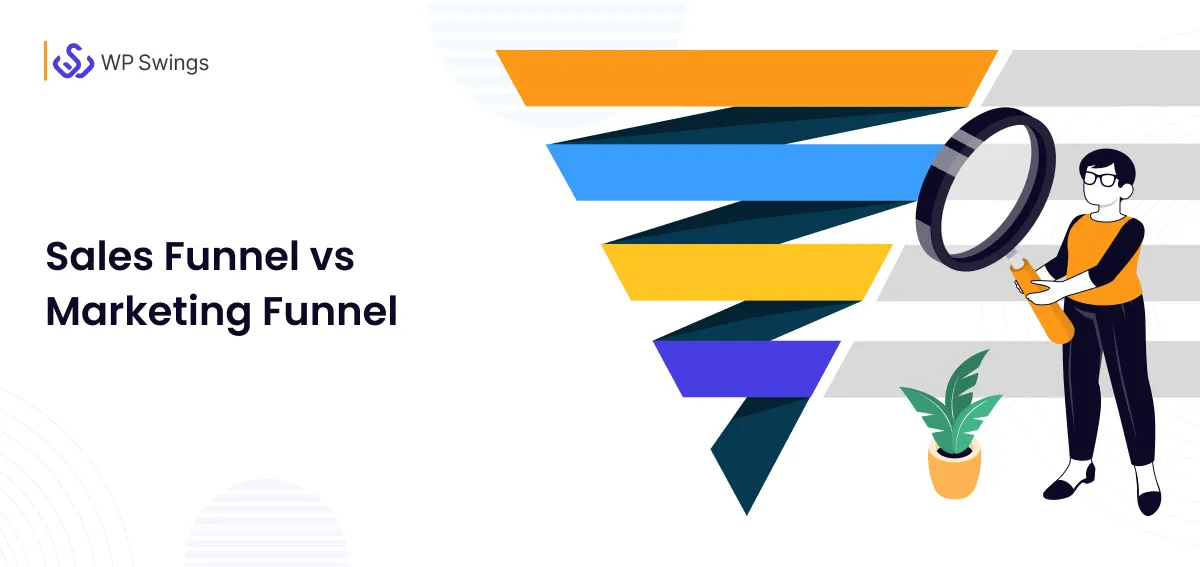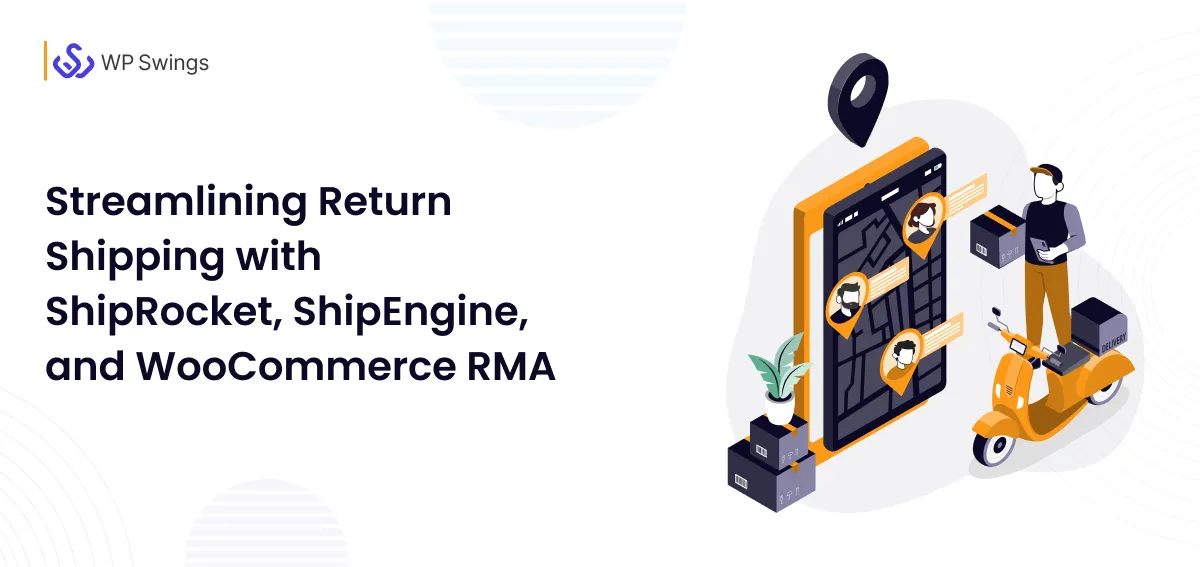
79% of marketers generate revenue by applying experiential marketing strategies, and 70% of B2C and 90% of B2B marketers held a live, in-person event in the previous six months. ~ Persuasion Nation
Experiential marketing is an in-demand topic, but it is not a trend. An all-inclusive word used to define marketing and advertising actions that concentrate on the consumer experience.
It seeks to create an emotional relationship between the audience and the brand via enveloping events. Yet, for it to perform, the experiences you plan must be creative, strategic, and impressive.
In this article we’ll exemplify what is experiential Marketing, What are the best experiential marketing strategies, how they function, and how they can aid your business.
Table of Contents
- What Are Experiential Marketing Strategies?
- Experiential Marketing Versus Traditional Marketing
- How Does Experiential Marketing Work?
- 6 Best Experiential Marketing Strategies
- Reasons Why Experiential Marketing Is Important
- Benefits of Experiential Marketing Techniques
- Tips and Best Practices for Experiential Marketing
- Final Words
What Are Experiential Marketing Strategies?
Experiential marketing is a widely used term and you might be wondering what is the meaning of experiential marketing.
Experiential marketing is a technique that concentrates on building experiences for consumers. The concept is to create a closer bond between consumers and the brand by engaging them in joy and unforgettable experiences. It can be an event, a pop-up, or a memorable marketing initiative.
While Experiential Marketing Strategies are the building blocks for creating the best marketing experience with your customers.
The intent is to form a remarkable impact that delivers to consumers not only what you present but also what you set up for as a brand.
You like to show consumers an experience that they do not forget with the hope that those consumers are encouraged to convey their favorable experiences for your brand with their social grids.
Eventually, it is all about making a delightful, immersive, and engaging experience that allows you to draw the right kind of awareness apart from the crowd.
Experiential Marketing Versus Traditional Marketing
Here are the main differences between traditional and experiential marketing techniques:
- Traditional marketing concentrates on features and advantages, while experiential marketing concentrates on making an emotional bond.
- Traditional marketing is about publicizing a message, while experiential marketing strategies are about holding customers in a dialog.
- Traditional marketing is frequently fixed and one-dimensional, while experiential marketing strategies are interactive and multi-sensory. It promotes a deeper level of attention that can lead to more impressive connections between brands and consumers.
Eventually, when it is about adopting traditional and experiential marketing techniques, the most suitable strategy for any brand will rely on a combination of aspects, including funding, the target audience, and the objective of the campaigns.
Yet, for multiple brands, experiential marketing strategies deliver an exceptional option to link with potential customers in a way that traditional marketing cannot match.
How Does Experiential Marketing Work?
Experiential advertising is about making delightful experiences that make individuals recall you. The more innovative and impressive your campaign will be, the more people will speak about you.
Some aspects must be considered before you float your brand into event marketing.
- Planning is the first step of any new strategy. What will be your objectives, and how will you measure the impact of a campaign?
- Research is the next step. What will work for the customer? What do they hope? How can you link with them on an emotional level?
- Active online presence matters, even if the leading event is offline. Regular interaction is the answer to building any relationship. Which media will you use to convey content? How often will you publish?
- Be authentic – create something unique that you know your consumers will enjoy and is worth sharing. Connect, encourage, inspire, and engage with your consumers.
6 Best Experiential Marketing Strategies
Below are the Experiential Marketing Strategies to create the best marketing campaigns
1. Pop-Up Shops and Events
Pop-up shops and events are temporary retail spaces and gatherings designed to show products in a unique way. These shops are strategically placed in high-traffic areas or aligned with relevant cultural moments to maximize visibility and customer engagement.
Creating a limited-time experience will help not only generate excitement and a sense of exclusivity by also create a feeling of urgency among customers.

[Image Source: Event Marketer]
In 2019 the famous sportswear brand Adidas launched the retro style Adidas Ozweego, a shoe with an interactive pop-up shop, which featured a dedicated stand serving as the entry point into a retro tech-themed tunnel, which visitors got to experience in small group
2. Immersive Installations
Immersive installations leverage sensory experiences to deeply engage consumers with the brand’s story and values. These can range from large-scale art exhibits and interactive displays to virtual reality (VR) experiences that transport participants into your brand-oriented narratives.
By immersing consumers in an engaging environment, brands create memorable encounters that evoke emotions and forge strong connections.

For example, IKEA once invited a random choice of 100 fanatics to its storehouse for a sleepover event, where fans can join to win spots for in-store unique events like yoga sessions and more sleepovers. After a superfan remarked, “I wanna have a sleepover in IKEA,” in a Facebook group.
3. Live Demonstrations and Workshop
Hosting live demonstrations and workshops provides consumers with hands-on experiences that showcase product features, benefits, and applications in real time.
These interactive sessions allow brands to demonstrate their expertise, educate consumers about their offerings, and address customer inquiries directly.
These events can be complemented with educational materials, giveaways, or special promotions to further enhance consumer experience and encourage trial and adoption.
4. Interactive Conference
Interactive digital campaigns leverage technology to create engaging and immersive experiences that resonate with consumers in the digital realm. These campaigns can include interactive videos, augmented reality (AR) experiences, gamification content, or social media challenges that invite participation and encourage user-generated content.
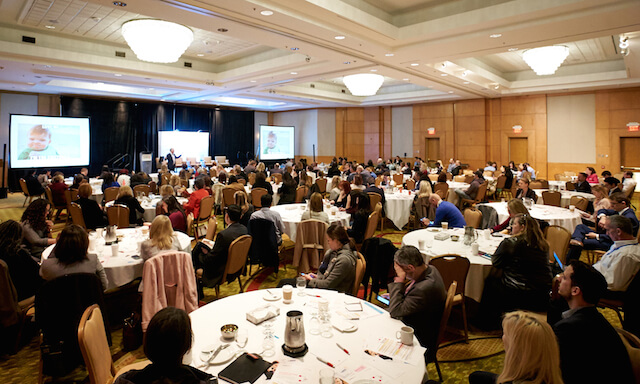
The Digital Customer Engagement Summit offers one-to-one business sessions, interactive conferences, and priceless networking prospects, making it the perfect option for nurturing lasting professional connections. It’s aimed at senior specialists in customer assistance and IT or digital customer areas.
5. Experiential Sampling Campaigns
Experiential sampling campaigns redefine traditional product sampling by creating immersive and memorable brand experiences around the product. Whether through tasting sessions, product demonstrations, or hands-on trials, these activations aim to engage all the senses and leave a lasting impression on consumers.
These campaigns are often complemented with personalized giveaways, branded merchandise, or digital activations to extend reach, encourage social sharing, and amplify campaign impact across various channels.
6. Educational and Thought Leadership Events
Hosting educational and thought leadership events positions brands as industry leaders and knowledge experts while providing valuable insights and resources to their target audience.
These events may include seminars, panel discussions, webinars, or workshops that address industry trends, challenges, and best practices relevant to consumers’ interests and professional development.
These events serve as platforms for thought leadership, brand advocacy, and community engagement, reinforcing brand authority and driving engagement both online and offline.
Reasons Why Experiential Marketing Is Important for Businesses
1. Storytelling at Its Best
Experiential advertising is the easiest way to convey your brand and have your potential consumers in the narrative you create.
Narrate your story and convey it right because your ideal buyer may not know what they mean to you until they link with your story and your mission.
2. Active Understanding
Experiential advertising lets viewers associate with a brand and its product in a personal foam, directing them to an active understanding of the effect on their lives.
An experience of your brand that exists in the customer’s mind is invaluable. Attaching to the emotions of your potential customer with experience-based advertising can bridge a gap you might not have known existed.
3. Social Media Success
Social media platforms are the most recent preferred way to market your business and reach your customers in a personal form. It is an easy solution to connect your brand mission through your content so customers can understand and access it without sensing it as they have advertised.
Social media is one of the most powerful tools to increase brand awareness, engagement, and traffic
4. Digital Marketing Opportunities
Digital marketing is a broad phrase including all ways to use electronic devices for advertising. Advertising that takes place on social media can excel with an experiential focus.
However, your existence on social media, and digitizing your method is an easy form to get your potential customers. Though digital experiential advertising allows for quick and explicit contact between the firm and consumer for fast, usable data.
5. Experiential Branding
Branding your business is the most vital aspect of marketing, and thus via experiences is simple.
An excellent example of event marketing is Redbull’s Stratos Jump, a live-stream video of a skydiver performing a high-altitude jump.
The outcome of this fantastic doing was creating a cross-over between the brand’s objectives and purposes with their customers so that they understand what their tagline Redbull Gives You Wings, actually represents.
Benefits of Experiential Marketing Techniques
1. Effective and Measurable
If seeking to draw immediate sales, raise your awareness, enhance customer perception, rank higher on satisfaction scores, and generate fresh leads. Experiential marketing techniques can handle a specific challenge or compel overall marketing objectives.
Using only this single channel, a brand will have the power to develop attention, engage, notify, form interest, promote trial, enable consideration, and give rise to purchase, driving a consumer in the entire route via the sales channel.
2. Making Emotional Connections
Brands are fortunate enough to promote these emotional connections with their consumers to make consumers sense something about their product which results causing better sales and profit.
Through experiential promotions, you can more efficiently link with your audience, letting consumers experience the benefits of your brand instead of only reading about it.
3. Representing Authenticity
Authenticity is one of the most vital parts that drive people to take an interest in a brand and engage with it. The audience enjoys seeing the humanity in the brands they support, with a wish to hear a story and make an emotional connection. Consumers seek proof that there is a spirit behind the brand logo.
There are ways your brand can use experiential advertising to present its authenticity. The brand ambassadors you work with should be communicative, sincere, and knowledgeable about the codes of your brand. The experiences you make do not have to be massive.
4. Enhancing Brand Loyalty
Brand loyalty is an image of how engaged the consumer is with your brand and products. If one consumer is faithful to the brand, they will make repeat purchases. They will step out to see your brand in their local shops or online, and for some cause, if they cannot buy from you, they will not pick an alternate brand as they wait for yours to become available again.
By creating emotional engagement with the consumer, you will be at the same time expanding brand loyalty.
5. Brand Awareness
Brand awareness is essential for raising profits and market shares and reaching potential customers curious about the product.
89% of marketers say that brand awareness is their top goal. ~ Global Banking and Finance
Across the panel, this is considered the most effective form of expanding your brand and flaring its message.
Experiential advertising strategies enhance brand awareness in a nearly explosive way. The craze enveloping a brand experience, the social media posts talking about it, and the lasting impression it leaves on the consumers is a challenging way of bringing more people to recognize your brand.
Tips and Best Practices for Experiential Marketing Strategies
1. Set Goals and Measure Your Success
Decide what you desire to achieve. Whether you set goals or measure your success, it is 500 latest social media followers in 10 days or sales of $15,000 in 10 minutes, drafting your objectives will assist you in estimating the success of your event.
2. Make It Count
Never go with the first idea, and do not presume that your view is the most suitable one. Your team is your most essential asset, so instruct well and incorporate in the brainstorming approach. Demonstrate your ideas to each other and perform with experts who can assist you in refining and improving your views while overseeing costs.
3. Pull in a Social Component
Social media should be a part of your experiential promotion marketing campaign. Yet do not simply throw a hashtag on it and expect the work to do itself. Carry with you a brilliant and wise plan that comprises social media in a manner that senses naturally.
4. Work With Experiential Event Marketing Experts
When creating an event that counts value and performs your ideals, it is wise to go with a unit of experts who understand their things. The experts can help grow your brand into successful emotional experiences. Whether a large or small brand, they will approach every event with new concepts, modern technology, and a marketing approach tailored to your brand.
Final Words
Before we wrap up, we want to leave you with one last alternative conclusion. Experiential event marketing entitles brands to tell customers about products and services via events, activities, and experiences instead of ad campaigns and content.
Share your thoughts on the topic or give thumbs up to raise our spirits and keep sharing more of your marketing, eCommerce, and WordPress insights with you.
